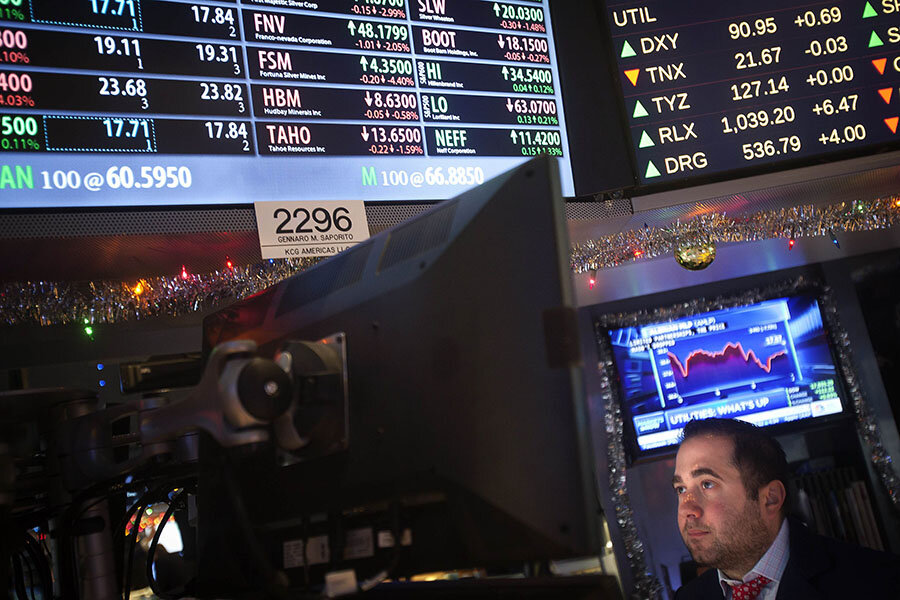To avoid risky investing, diversification is key
Loading...
If you have a globally diversified portfolio, you may have been disappointed with your returns for 2014. For the past several years, U.S. stock markets have been the best game in town. And in 2014, they were pretty much the only game in town.
Consider these five asset classes and the returns for some popular exchange-traded funds in each category in 2014:
| Class (ETF) | Return |
|
U.S. Large Cap (SPDR S&P 500) |
12.4% |
|
U.S. Small Cap (Vanguard Small-Cap ETF) |
7.05% |
|
International Developed (Vanguard FTSE Developed Markets ETF) |
–7.6% |
|
International Developed Small Cap (iShares MSCI EAFE Small Cap ETF) |
–7.3% |
|
Emerging Markets (Vanguard FTSE Emerging Markets ETF) |
0.8% |
Look at the Vanguard Emerging Markets ETF. It was having a smoking 17% performance, and then it lost almost all of it before the end of the year. Besides reminding me of a recent Super Bowl performance, it illustrates the unpredictability of volatile assets like stocks.
If your portfolio was constructed of these equity building blocks — plus a helping of bonds — you could have ended the year with a return in the low single digits. Compared with the S&P 500, which jumped by about 12% in 2014, that may have been disappointing. I noticed that one commentator said something to the effect of “The more colorful your pie chart, the worse you did.”
It’s a feature, not a bug
We all compare our performance to the home market — it’s human nature. Plus, you hear about the U.S. market’s performance every day in the news, so it is hard to ignore it even if you want to.
But it is not relevant for most people. If you are investing for the long term in a balanced portfolio, you should measure your returns based on your overall goals, not an arbitrary index.
Each year, there will be a best-performing asset class. We don’t know in advance what it will be. Owning a significant chunk of all the major asset classes is a great way to make sure you get your share of the very best returns.
Diversification helps you manage your risk by smoothing out the volatility of individual asset classes. This means that sometimes you may underperform the home market. That’s part of the price we pay to protect ourselves from the really serious drops that occur in the global markets from time to time.
I’ll leave you with an interesting thought: If the performance had been reversed — and international stock markets had outperformed while the U.S. markets were negative — would you think that diversification had failed you?
Learn more about Brian on NerdWallet’s Ask an Advisor







